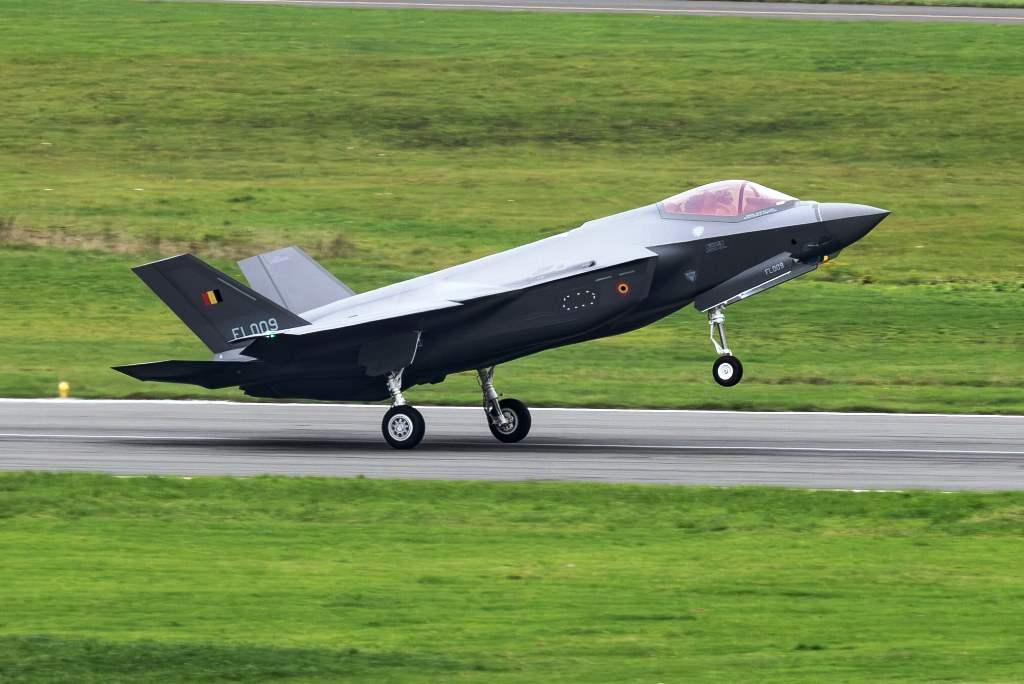A newly developed unmanned surface vessel (USV) by Taiwan aims to enhance the island’s defensive capabilities against potential amphibious assaults. This initiative, led by the National Chung-Shan Institute of Science and Technology (NCSIST), is under the aegis of the Ministry of National Defense (MND), as articulated by project leader Henry Hung during the 2025 Taipei Aerospace & Defense Technology Exhibition (TADTE), which spans from September 18 to 20.
Design Specifications
The Kuai Chi USV has been meticulously engineered for operation within Taiwan’s territorial waters. NCSIST emphasized its strategic significance by stating:
- The operational environment necessitates a multitude of compact, rapid, stealthy, maneuverable, and economically feasible unmanned vessels.
- The Kuai Chi’s role will involve executing high-speed collisions and assaults on adversarial forces, thereby shaping critical coastal engagements.
- Coordination with other military assets of the Republic of China (RoC) will be essential to maximize operational impact.
Currently, the Kuai Chi features a single-hull design with notable specifications:
- Displacement: 3 tonnes
- Maximum Speed: Exceeding 40 knots
- Operational Range: Estimated at 500 kilometers
The vessel was displayed equipped with six launch tubes designated for loitering munitions. These munitions appear to be the domestically produced Loitering Unmanned Aircraft Type I, which shows visual similarities to the AeroVironment Switchblade 300, albeit with a slightly larger form factor.
This innovative USV exemplifies Taiwan’s commitment to modernizing its defense apparatus and addressing asymmetric threats in a rapidly evolving security landscape.





